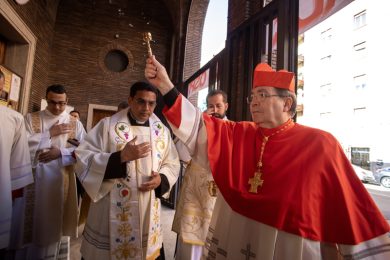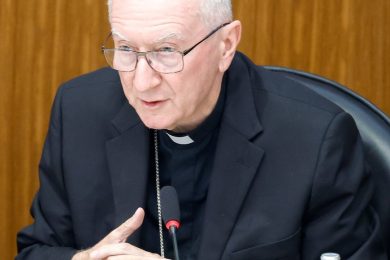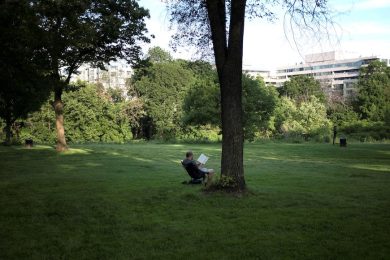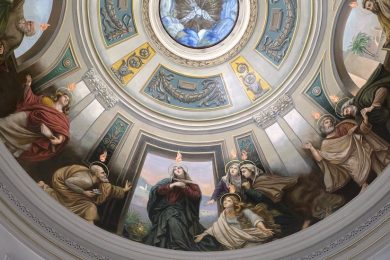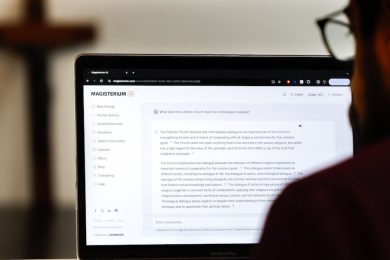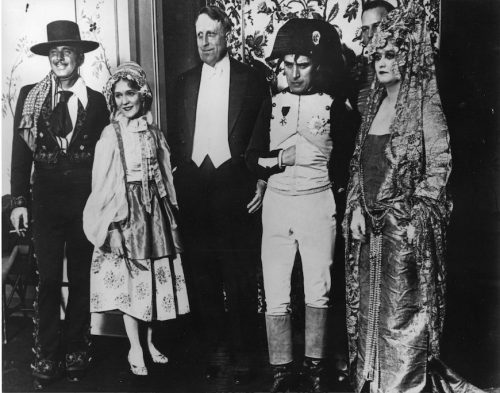By Chris Byrd | Catholic News Service
NEW YORK (CNS) — Can contemporary Americans learn anything from the life of a wealthy, powerful man who died more than 70 years ago?
That’s the fundamental question filmmakers pose in the documentary “Citizen Hearst.”
Thoughtfully constructed, if somewhat tedious, the two-part “American Experience” presentation premieres on PBS Monday, Sept. 27, 9-11 p.m. EDT and concludes in that slot Tuesday, Sept. 28. Broadcast times may vary, however, so viewers should consult their local listings.
Professor David Nasaw’s celebrated 2000 biography “The Chief: The Life of William Randolph Hearst” provides the basis for this portrait of the media tycoon. It’s narrated by actor Peter Krause (“9-1-1”).
Gene Tempest and Amanda Pollak produced the first episode, which Tempest wrote and Pollak directed. The second installment was written and helmed by Stephen Ives.
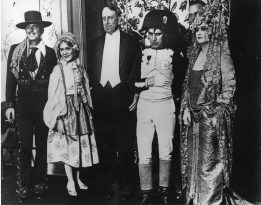
The show deals with themes, including poverty, war, racism, labor strife and adultery, that make it inappropriate for kids. In the absence of any genuinely objectionable content, and given its educational value, though, parents will likely consider it acceptable for mature teens.
The first chapter charts the rise of Hearst’s newspaper empire. It was founded on the fortune his father, George, a mining executive, left to his mother, Phoebe, in 1891 when Hearst was 27. The value of this legacy in today’s dollars, Tempest tells us, would be roughly half a billion. Widowed Phoebe’s largesse enabled her son to pursue his outsized ambitions.
Following his purchase, a few years later, of the New York Morning Journal, a relatively obscure publication at the time, Hearst engaged in a famous rivalry with Joseph Pulitzer, owner of the more established New York World. Their competition contributed to the advent of so-called “yellow journalism.”
Named for a comic strip character created by illustrator Richard F. Outcault — an urchin called the “yellow kid” — this strategy for increasing readership was marked by sensationalism, distortion and overall irresponsibility. A prime example was Hearst’s coverage of events in the lead-up to the Spanish-American War, a conflict many believe he helped to spark.
In the second episode, the focus shifts to Hearst’s messy personal life. Having married vaudevillian Millicent Wilson in 1903, the mogul became infatuated with another actress, Marion Davies, 12 years later when the then-18-year-old was performing on Broadway. Hearst was 34 years his new mistress’ senior.
Millicent, a Catholic, refused to divorce her husband. So he and Davies never married.
Instead, the infamous couple lived together openly. Their home base was La Cuesta Encantada (“The Enchanted Hill”), the lavish, sprawling estate Hearst commissioned architect Julia Morgan to design in San Simeon, California, north of Los Angles, on a tract of land he had inherited from his father.
Despite some particularly intriguing footage of Hearst’s interaction with Hollywood luminaries — material characteristic of the “American Experience” series at its best — the program lags as it dwells on Hearst’s extravagant materialism and the financial ups and downs he faced.
Viewers will also probably wish that, in keeping with the show’s title, the documentarians had delved more deeply into Hearst’s connection to wunderkind director Orson Welles’ storied 1941 film “Citizen Kane.” Lauded as one of the greatest movies ever made, Welles’ dazzling debut was largely inspired by Hearst’s real-life saga.
Still, “Citizen Hearst” does succeed in highlighting its subject’s ongoing relevance, though that’s not necessarily good news for our society. In fact, it’s some of the worst aspects of the mogul’s character — his anti-Asian animus, disregard for the truth and willingness to use his wealth to push his political agenda — that seem all-too familiar today.
Byrd is a guest reviewer for Catholic News Service.




